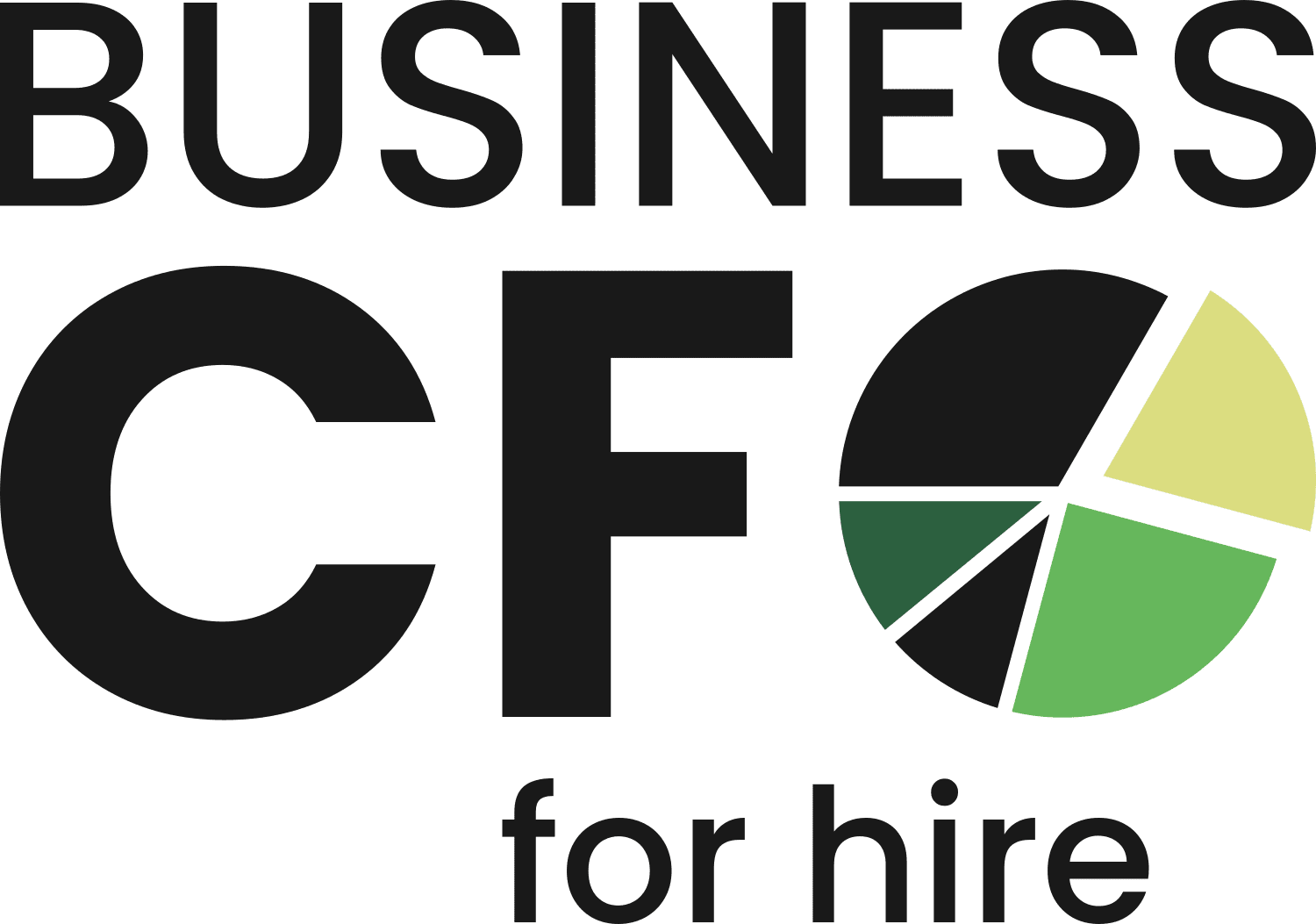You’d think that once a company reaches $5M+ in revenue, the biggest mistakes are behind them. But in over 30 years of working with CEOs, I’ve seen that even established businesses fall into a handful of recurring and valuation‑eroding traps. Let’s unpack them and how each affects the value buyers see in your business.
1. Overstaffing (or the Wrong Staffing Mix)
Overstaffing doesn’t just raise payroll. It suppresses labor efficiency, productivity, and morale—and ultimately, profitability. Metrics like the labor efficiency ratio (LER), comparing gross margin to labor costs, are a red flag for buyers when skewed low.
Buyers discount companies that haven’t optimized their workforce—they see it as a drag on scalability and margins.
What to do:
- Use forecasting and demand data to align staffing to actual need—not just “busy work”
- Reassign roles based on ROI contribution.
- Run workforce analytics and revisit staffing every quarter to stay lean and effective.
- Benchmark against your competitors
- Measure your net-profit per employee
2. Misreading Profitability by Client or Product
Not all revenue is created equal and a high-level profit margin can mask hidden losses. HBR warns that undervaluing customer segments or product lines leads firms to misallocate resources and undercut growth potential. Buyers aren’t buying averages—they want clarity on which customers and offerings truly drive profit.
What to do:
- Drill down and report profitability by customer, product, and segment.
- Reinforce or restructure segments based on performance.
- Eliminate or pivot from consistently unprofitable lines to strengthen your valuation.
- Manage by exception, through live accurate data analytics
3. Skipping Tax Strategy
Treating taxes as a year-end afterthought hampers enough opportunities to legally reduce your net liability and this steadily eats into cash flow and valuation multiples.
A well‑timed tax strategy enhances net income, and buyers pay more for businesses with proactive, disciplined financial planning.
What to do:
- Add tax reviews to your quarterly financial rhythm.
- Consult tax-savvy CFOs to model scenarios and optimize entity structures.
- Maximize state and federal tax allowances
- Use tax savings to reinvest in value-driving initiatives.
4. Lack of a True Cash Flow Forecast
A “gut‑feel” approach to cash is a valuation warning sign. A 13-week rolling cash flow forecast delivers visibility—but must be dynamic, accurate, and tied to real inflows/outflows to truly reduce risk and support valuation
What to do:
- Implement a weekly-updated 13-week rolling forecast.
- Combine this with a one-year and five-year forward-looking plan for context, not just short-term visibility
- Use scenarios—best, expected, and worst case—to stress-test and manage risk proactively.
5. Ignoring Operational Inefficiencies
Operational inefficiencies hide in plain sight: redundant tools, slow approvals, rework cycles. They quietly erode margins and tarnish the perception of your scalability and robustness.
Buyers are drawn to business models that run like well-oiled machines and avoid ones that look brittle under growth stress.
What to do:
- Track KPIs that reveal bottlenecks (cycle times, usage, waste, etc.).
- Conduct regular process reviews—and prioritize fixes that add margin without added cost.
- Document improvements and their ROI to showcase operational maturity.
- Continuously address efficiency, look to integrate applications, incorporate AI
Why These Mistakes Matter for Your Valuation
Each of these issues impacts profitability, risk, and scalability are the core components of business valuation. Buyers discount for inefficiencies, uncertainty, and lack of foresight.
Remember, if your strategy is to ultimately exit through sale, the sale preparation started yesterday, not tomorrow. Be deliberate.
Be proactive now—and you’ll command better multiples later.
** Get your baseline**:
Take advantage of a free business valuation—no strings—so you know where you stand.
👉 Get Your Free Business Valuation Here
** Ready to stop these mistakes before they cost you?**
Let’s talk about how I help CEOs fix these issues and strengthen their bottom line (and valuation).
👉 Book a call today
***In the Atlanta area? I do face to face consultations as well.

